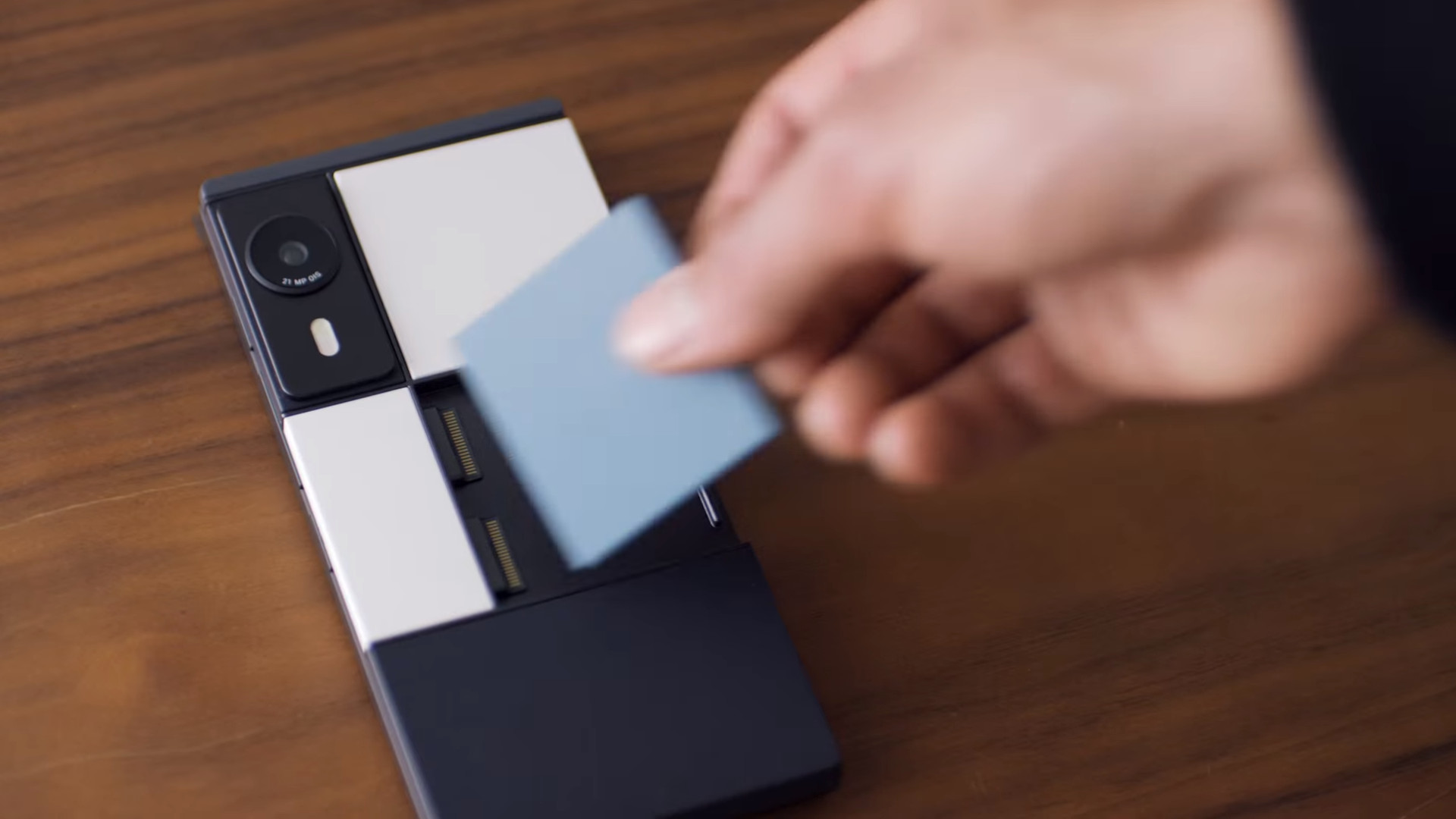Affiliate links on Android Authority may earn us a commission. Learn more.
Killed by Google: Do you remember these products and services?
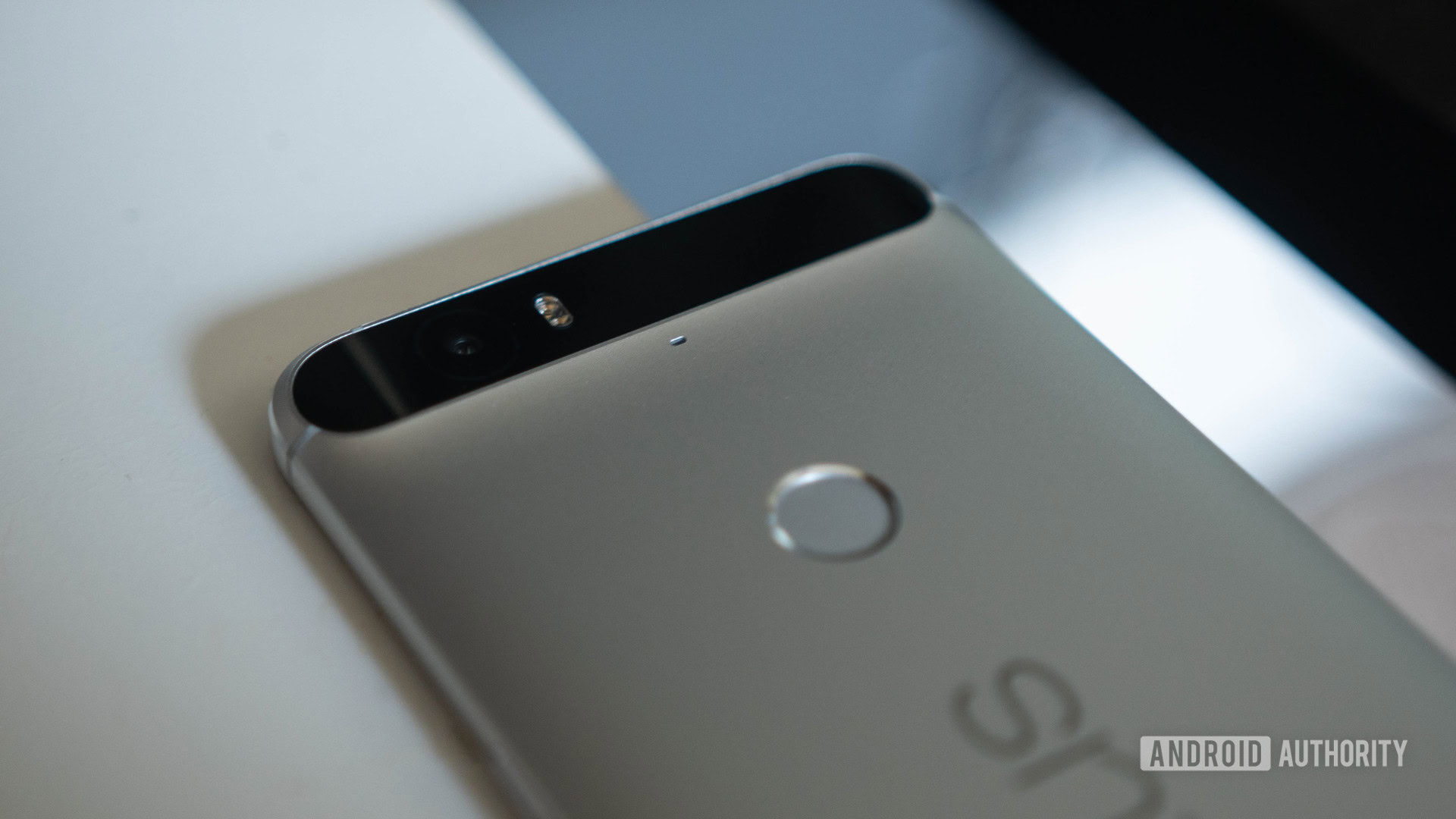
Google has an incredible history of developing successful products and services. Look at Android, the Pixel series, and Google Chrome for the best examples. However, not every idea was a hit. Behind that lengthy list of successes lie plenty of properties that failed, were shuttered, or reabsorbed into newer developments. In this article, we look at the significant, memorable, and dearly missed products and projects killed by Google over the years.
Chromecast (2024)
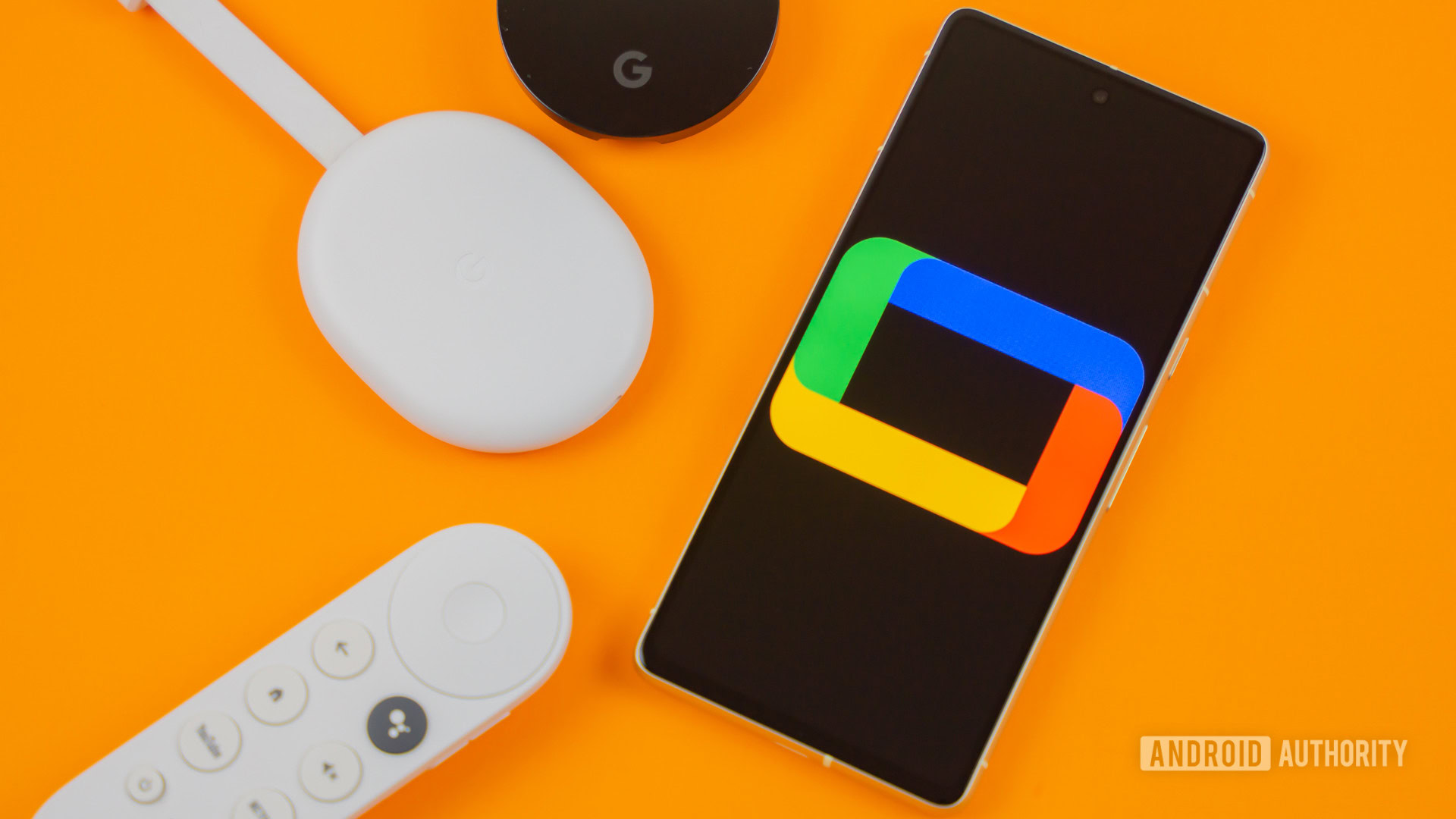
Chromecast is one of Google’s more established properties, becoming almost synonymous with TV streamers. However, Google is clearly convinced that it’s time to kill its 11-year-old brand.
In August 2024, Google announced the arrival of its new streaming hardware in Google TV Streamer. The debut of this device effectively rendered the Chromecast name obsolete, as no new hardware with this title will be available to purchase. This includes the relatively new, and excellent value-for-money Chromecast with Google TV series.
VPN by Google One (2024)
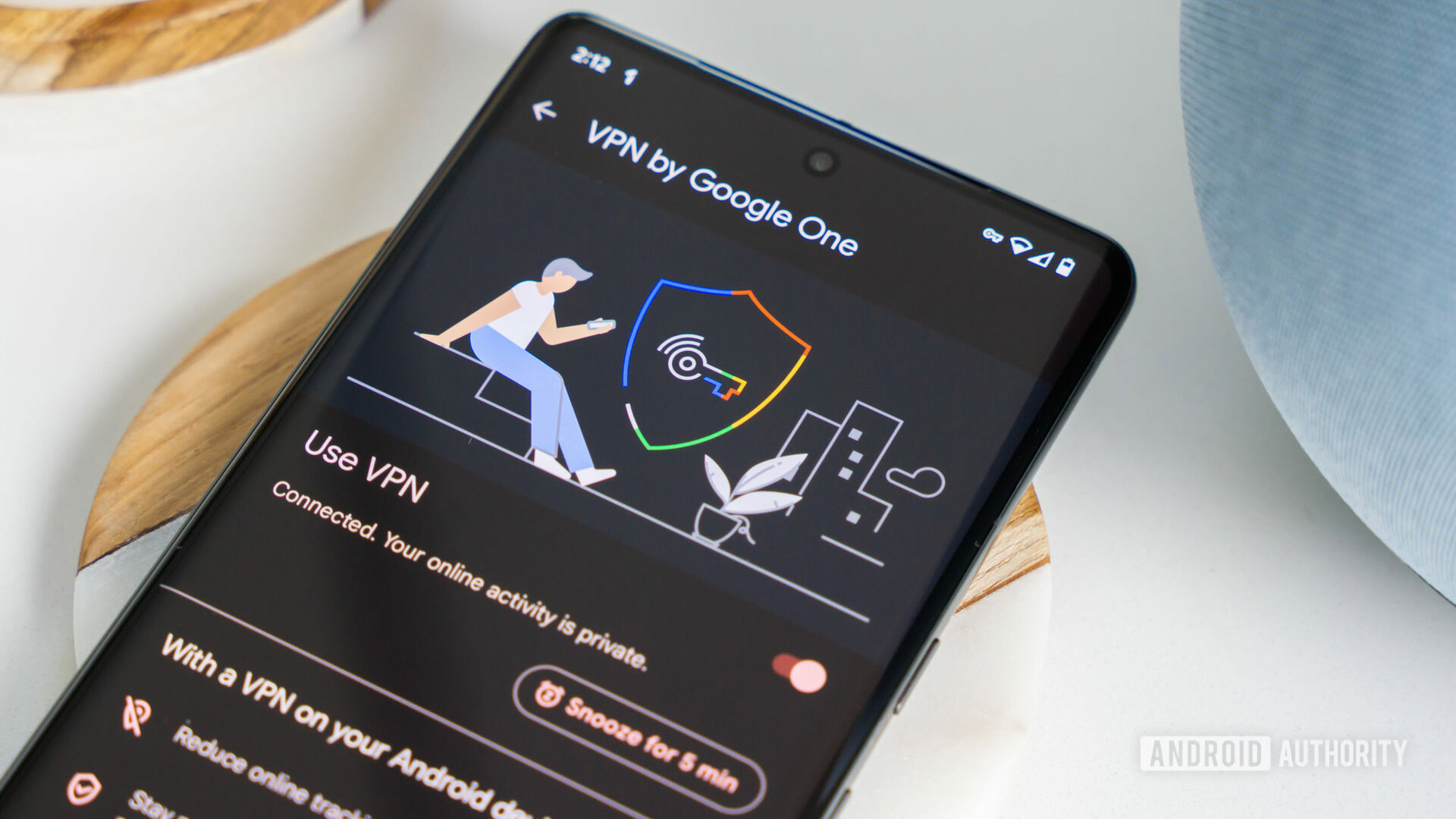
Google launched VPN by Google One in 2020 (then called Google One VPN) to compete against more established VPN players by offering an easily accessible and affordable alternative. However, it never really gained much traction, perhaps due to its lack of features and limited rollout. Our initial experience with Google’s VPN found it lacking several features VPN users would require, from server selection to slow connectivity.
In April 2024, Google announced in an email that VPN by Google One will be shuttered to make way for new features and benefits. Those who can’t bear to part with the service and who own a Pixel 7 or newer can still access the VPN (now called VPN by Google) through their phone’s settings menu.
Google Pay (2024)
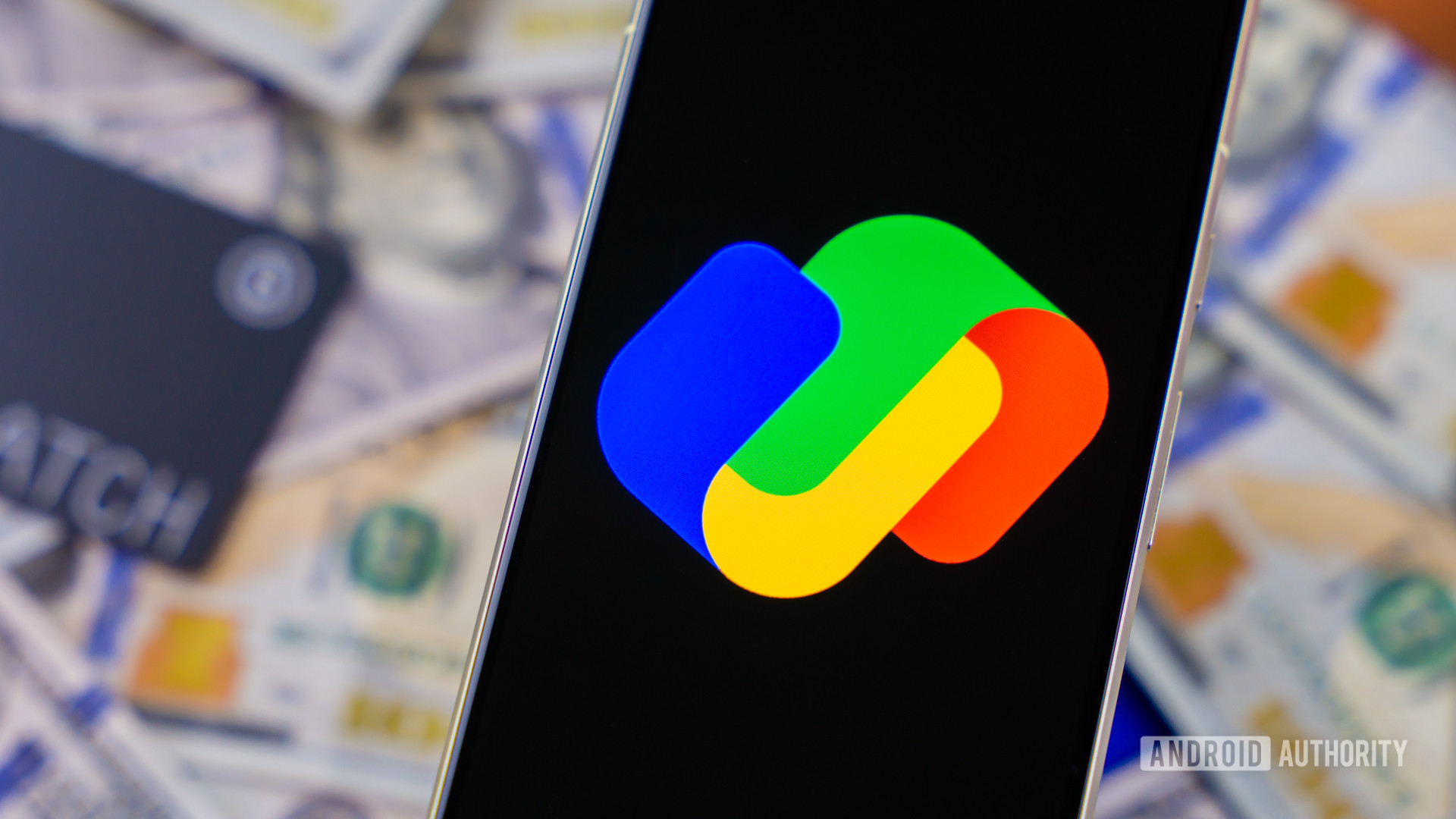
In mid-2024, Google Pay will finally be replaced by Google Wallet, the more utilitarian mobile payment and management service that has gained several new features in the past few months.
As seems customary for Google, Google Pay’s history is cloudy and confusing. The app originated (ironically) as Google Wallet, which debuted in 2011. In 2018, it gained the Google Pay moniker as an amalgamation of Google Wallet and Android Pay. It’s fitting, then, that in 2024, the Google Wallet name will continue as the company’s primary mobile payments solution.
To add to the confusion, this rebrand will only affect some markets. Google Pay will still be available in some regions, like India and Singapore.
Google Glass (2023)
Are you surprised to see Google Glass so high up on this list? Believe it or not, but up until March 2023, Google sold enterprise versions of Glass. The project was already dead in the water in 2015 when the company announced it would no longer offer a consumer version.
Google Glass gave us a glimpse into what Google believed would be an augmented reality future. Glass was a pair of smart spectacles that presented an information overlay of contextual information to the wearer, while a camera could also be used to capture images and video. In concept, a wearable computer that augments your reality with relevant detail seems an excellent idea. However, Glass failed to execute this idea. Those who wore the product were regularly ridiculed, while its limited functionality and huge asking price did little to help its cause.
Google Glass gave us a glimpse into what Google believed would be an augmented reality future.
In 2017, Google announced the project would return exclusively for enterprises, with a sequel following in 2019. But this year, the company confirmed it will no longer sell any versions of the Glass, finally ending the product’s long run.
Notably, Google also shuttered the development of its next-gen glasses dubbed Project Iris, focusing on AR software development instead.
Google Stadia (2023)
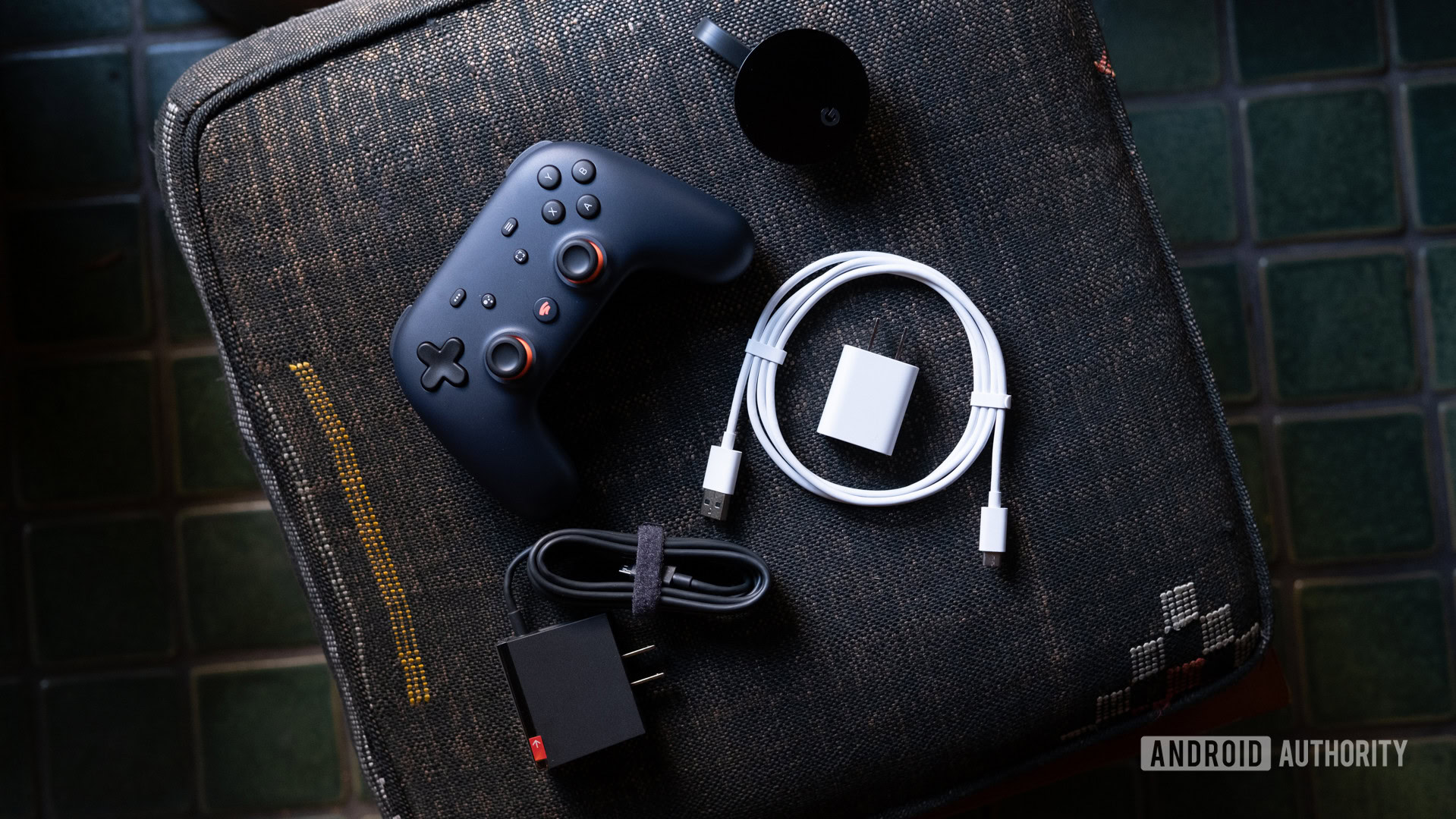
Google’s cloud game streaming service could have been great. It launched in 2019, promising to bring AAA titles to practically every screen. In this sense, it did. It was a remarkably great way to play titles on a phone, Chromebook, and PC. Google thought it was such a great idea that it hired big studio executives from rival companies and sought to accelerate the number of titles on the platform quickly. But looking back, Stadia had more issues than its novel features could disguise.
Stadia’s target market was never quite clear. Those who already own consoles didn’t leap for a Stadia controller, while its rigid requirements turned off those who might’ve considered it. Unlike Sony or Microsoft, Google didn’t have a marketable hardware/software package to compete in the gaming world. Ultimately, Stadia was shuttered in January 2023 in what is likely Google’s highest-profile failure of the 2020s.
Google Hangouts (2022)
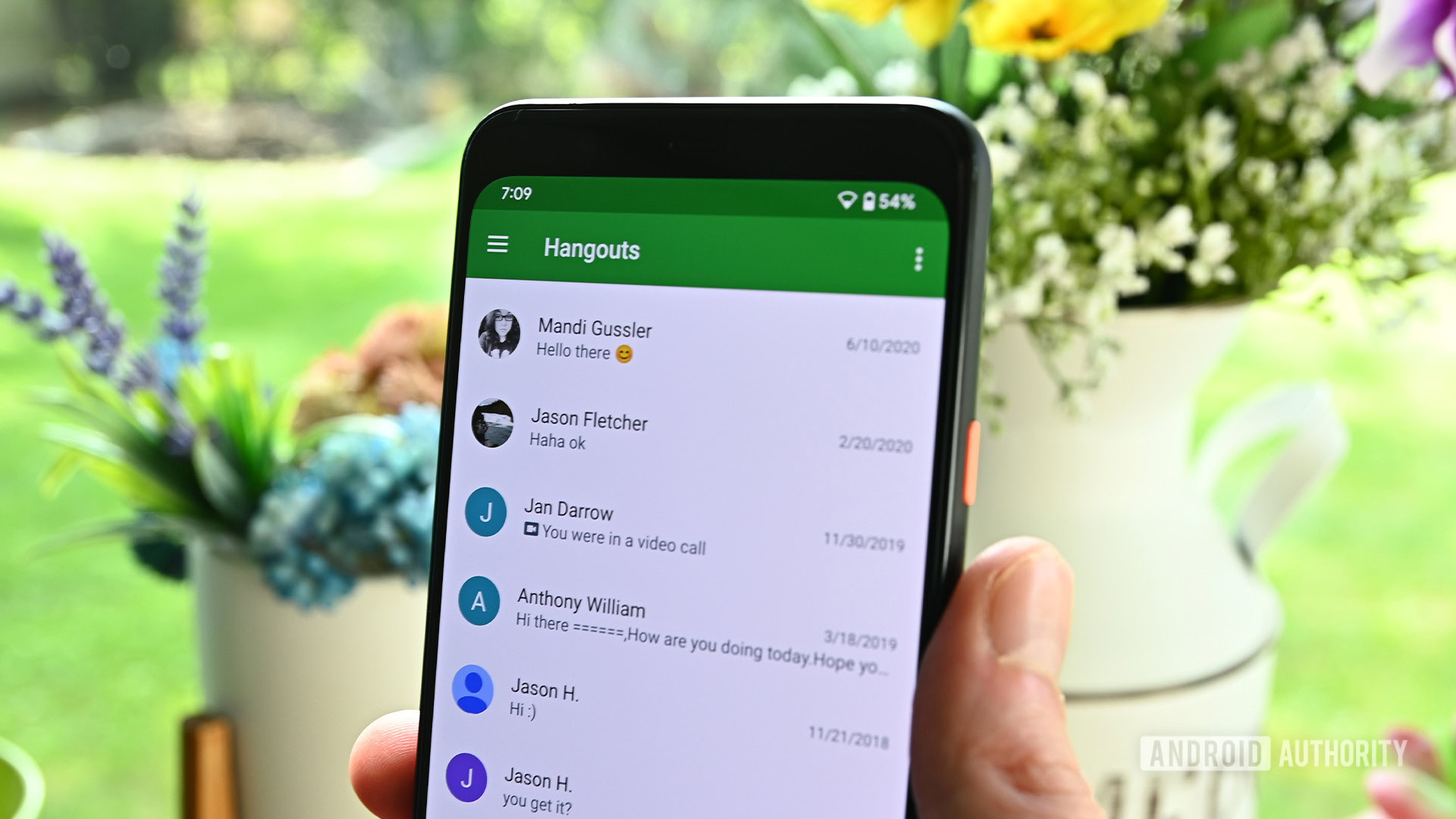
Google has a complicated history with social media and chat apps; nothing exemplifies this more than Google Hangouts. Launched in 2011 alongside Google Plus (which we’ll get into later), it was given its own platform in 2013. It was simple, user-friendly, and more complete than most chat apps were at the time. Hangouts also allowed Google users to converse via SMS, MMS, voice, and video chats.
Until 2016, Hangouts was Google’s flagship chat app. But the company wasn’t about to let this simplicity stand. It released Allo in May 2016, which brought all the features of Hangouts to a fancier, Google Assistant-integrated experience. Hangouts was then relegated to a business-only service three months later. After the debut of four successors in a little over five years, Google announced that Hangouts would be rolled into Google Chat. Hangouts was officially killed by Google for good in 2022.
Google Cardboard (2021)
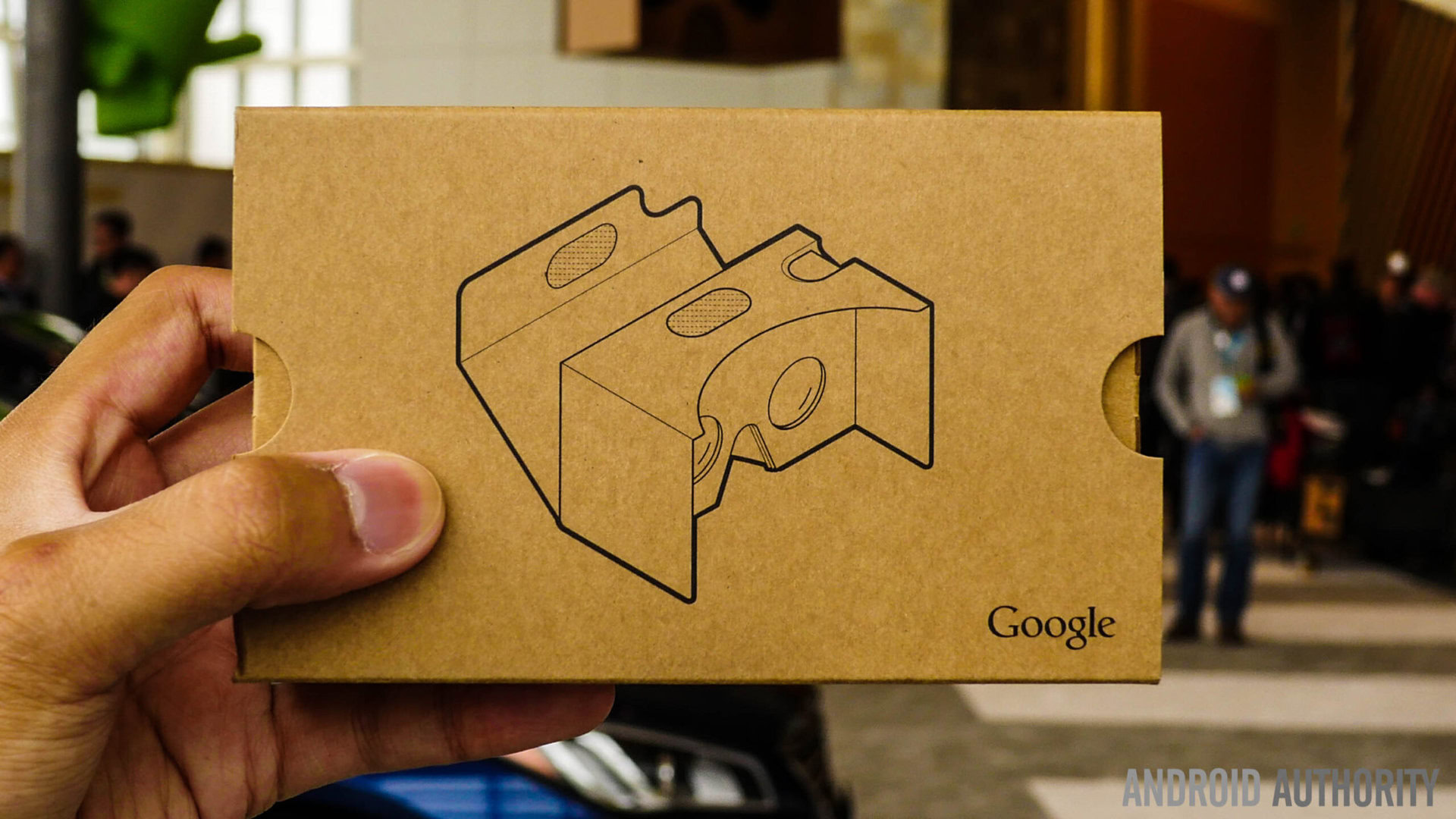
Google Cardboard, ironically, had a more steely resolve than most of Google’s projects. Cardboard launched when the VR hype train was at full speed, and Google was the motorman. Made of a single piece of folded cardboard, a pair of lenses, and a smartphone strapped to the front, it was a cheap and easy way to experience virtual reality content, games, and apps.
Google Cardboard, ironically, had a more steely resolve than most of Google's projects.
Cardboard was never meant to last, though. Launched in 2014, the project was officially killed by Google seven years later. However, while this might be the end for Google’s project support, you can still purchase third-party Cardboard viewers and even download the app for your device. So in a sense, Cardboard lives on.
Google Play Music (2020)
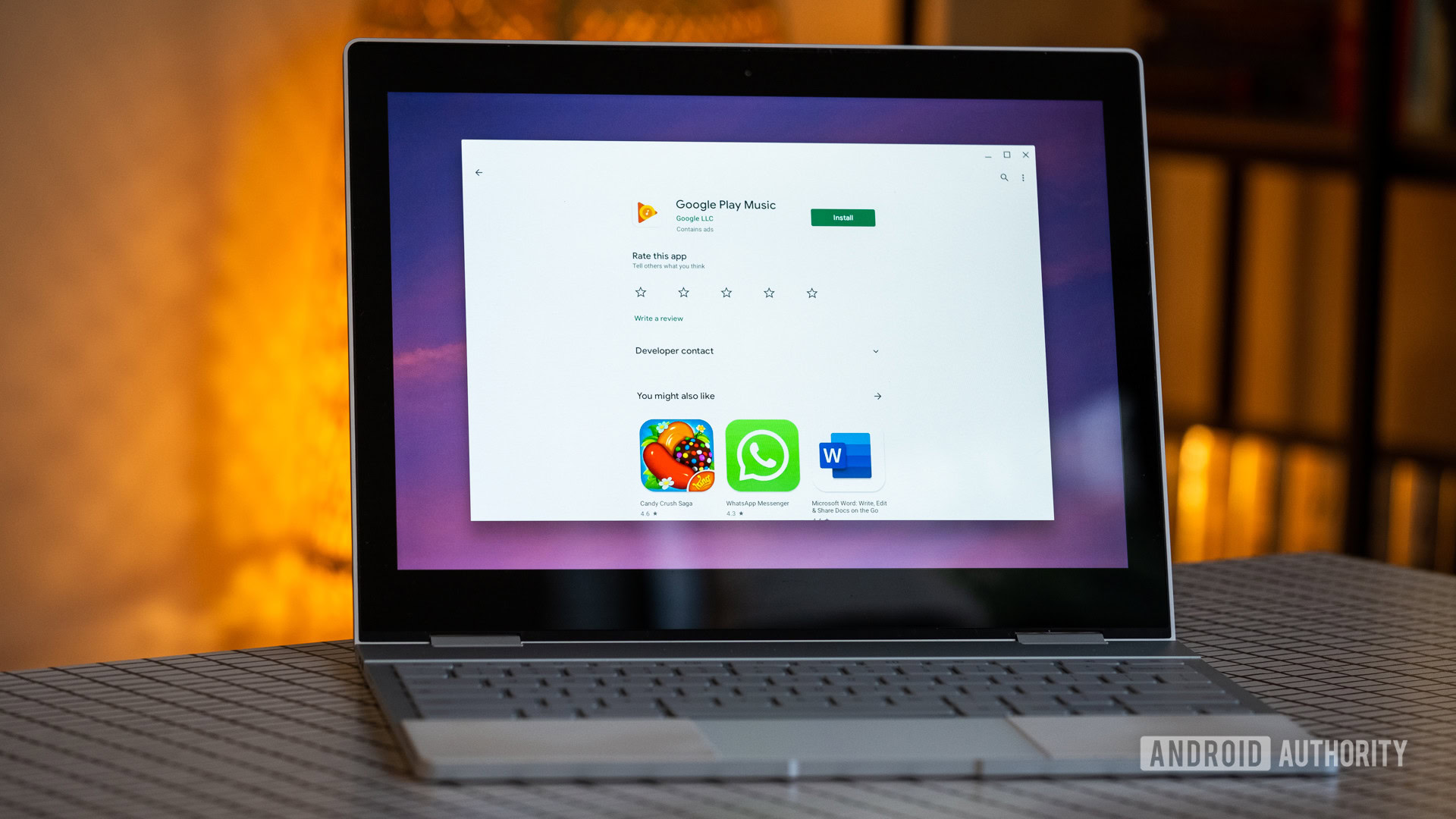
Google Play Music was a crowd-favorite music streaming service. It was easy to use and had a decent. But Google thought the long-running service needed more than just a facelift. In 2020, Google announced that the service would come to an end, with YouTube Music instead taking over almost immediately.
While YouTube Music has improved massively since its launch, some may feel the app privileges video a little too much over the content it’s supposed to provide.
Inbox by Gmail (2019)
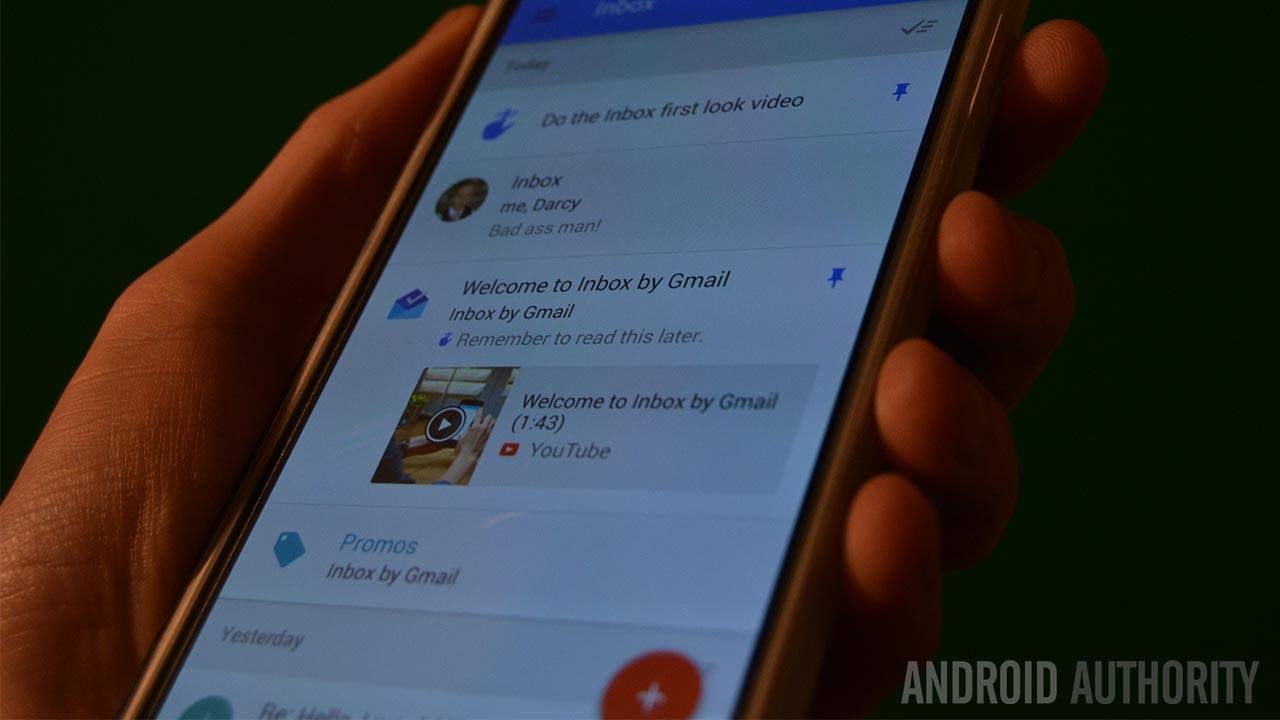
Debuting in 2014, Inbox was Google’s experimental email management app that took all the best traits of Gmail and added even more functionality. It featured more smart email bundling options, a UI focused on organization beyond just emails, and integration with Google Trips — great for frequent travelers.
Inbox was never meant to last long, though. Several of its features were eventually bundled into Gmail proper, and Google eventually killed the Platform in 2019.
Google Plus (2019)
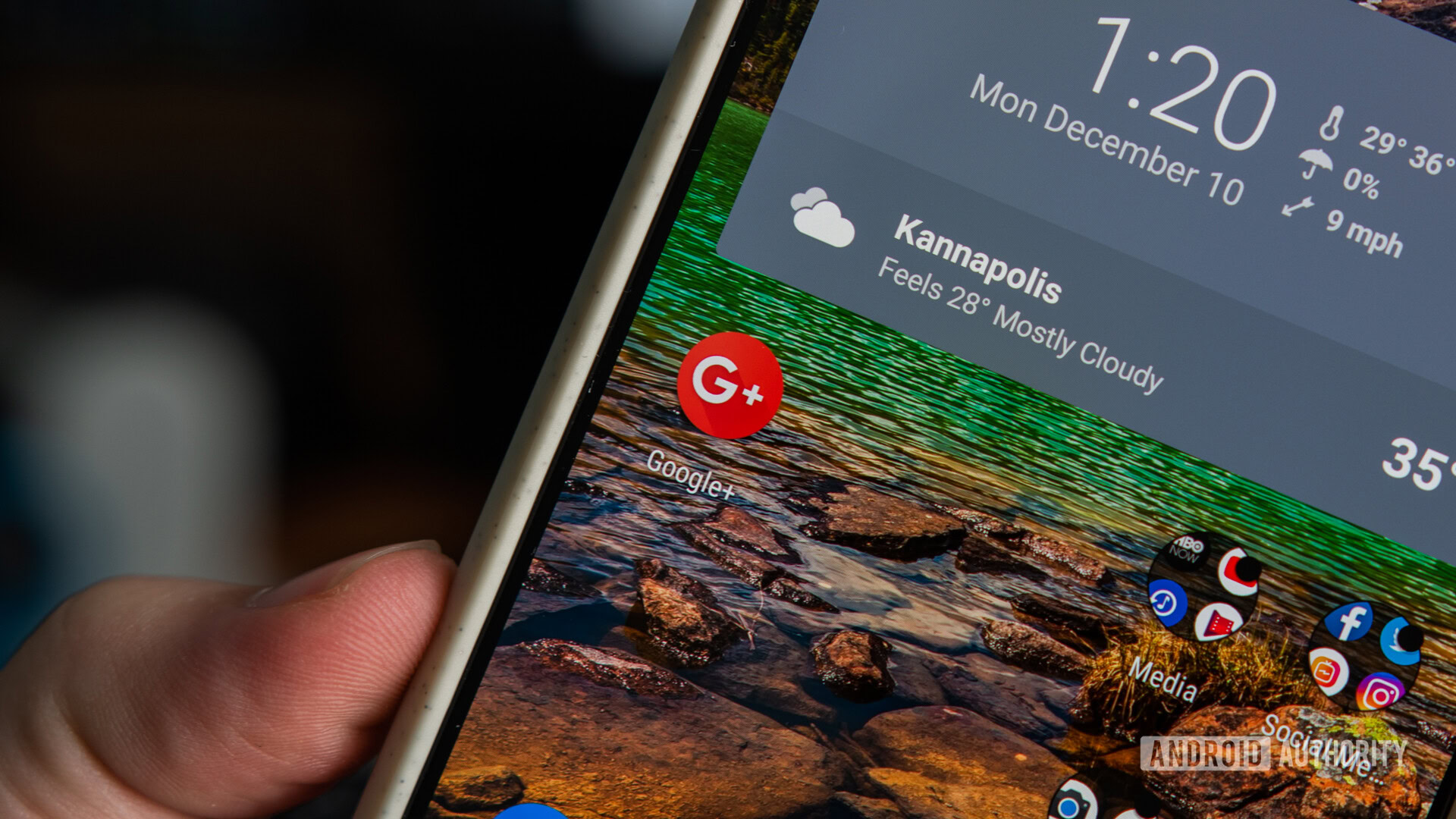
Remember when Google was battling Facebook for social media supremacy? Launched in 2011, the platform wasn’t Mountain View’s first serious attempt at a social media platform, but it was arguably its most successful.
Like the social platforms of today, Plus let users post photos, brief text updates, and join clusters with similar interests dubbed Circles. Plus also integrated many of Google’s platforms, including Drive, Photos, and Hangouts. Despite all the promising features and ballooning user numbers, Google found that those users failed to engage on the social network.
In 2018, Google suffered a sizeable data breach, which accelerated Google Plus’ demise. In 2019, it was announced that Google would kill Plus.
Chromecast Audio (2019)
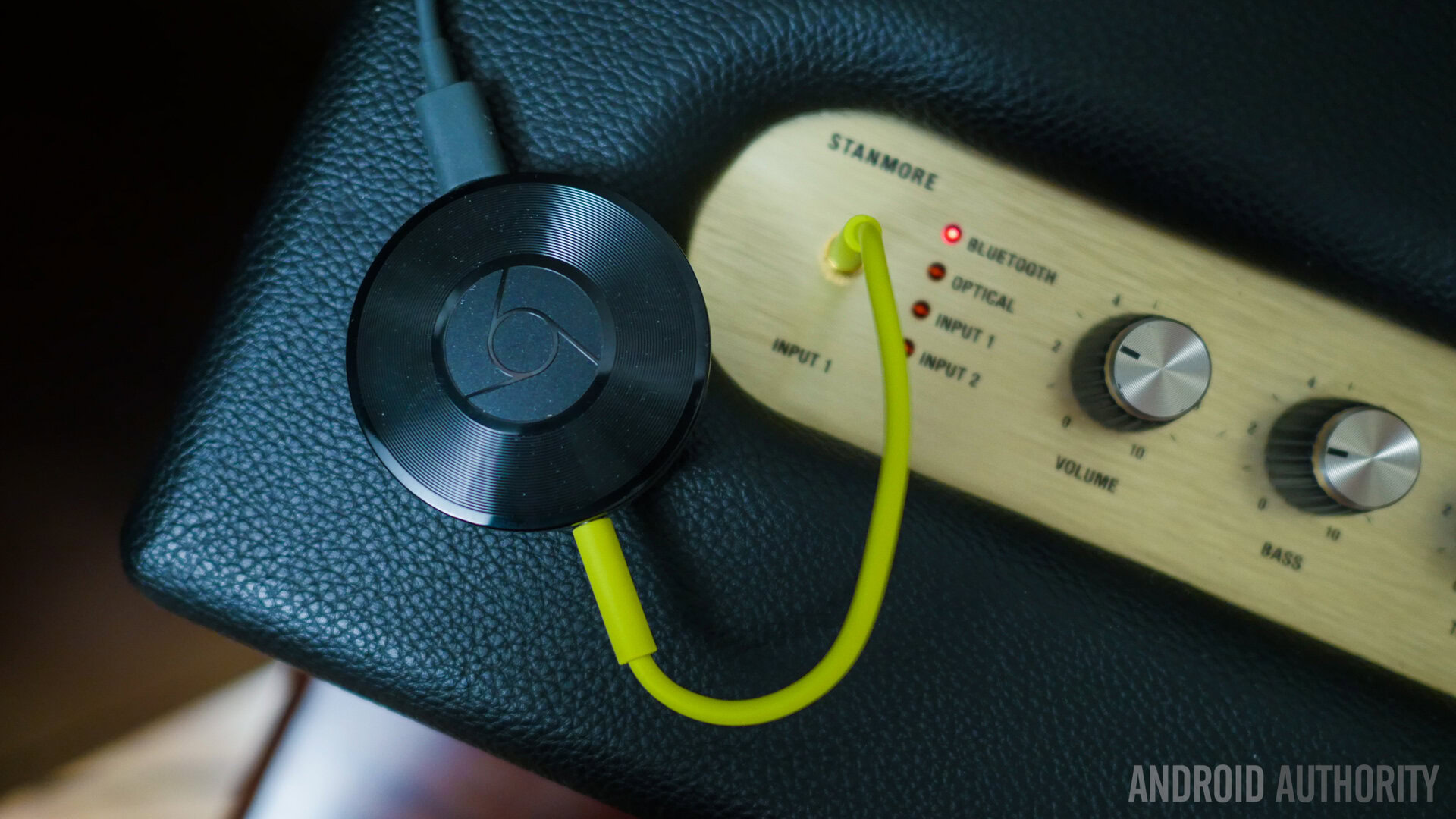
The Chromecast Audio largely flew under the radar when it launched in 2015, but we still fondly remember it as one of the almost-perfect pieces of Google tech. It allowed users to convert their own audio equipment into smart streaming speakers and control a group of speakers through Google Home.
Rather unceremoniously, Google announced that it would shutter production of the Audio in 2019. Although you might still be able to find one on the used market, it’s one of those Google products that could still benefit many people.
Google Allo (2019)
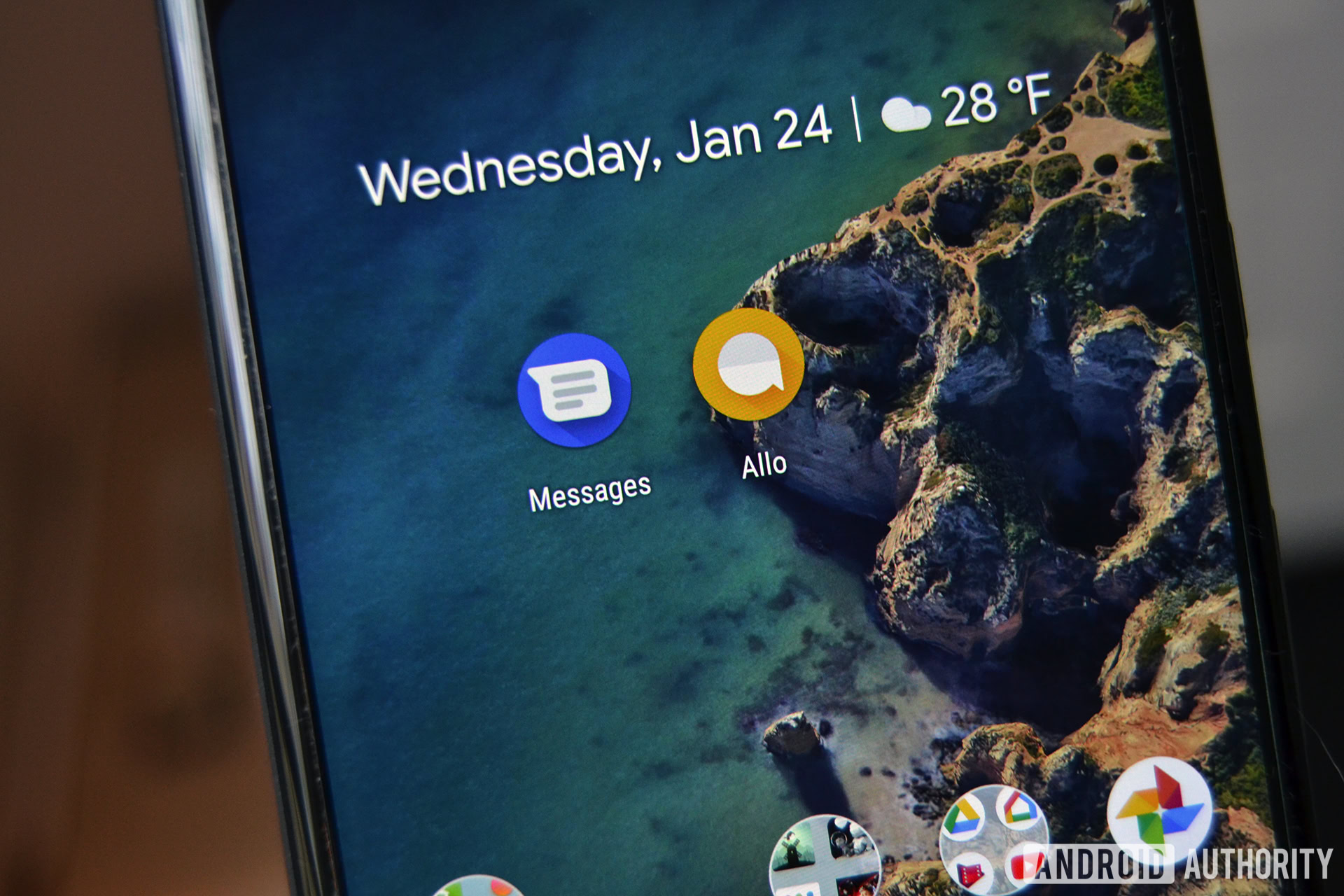
Google Allo was just another instant messaging app that bit the dust. Much like WhatsApp, the app used your phone number as a personal identifier and allowed users to message, call, or send files to one another. It also featured an in-app assistant that could recommend replies, showcasing the early possibilities of generative AI in a chat app.
Allo was killed by Google in 2019, a move likely prompted by the development drive of RCS — a protocol now used by the Google Messages app.
Nexus series (2016)
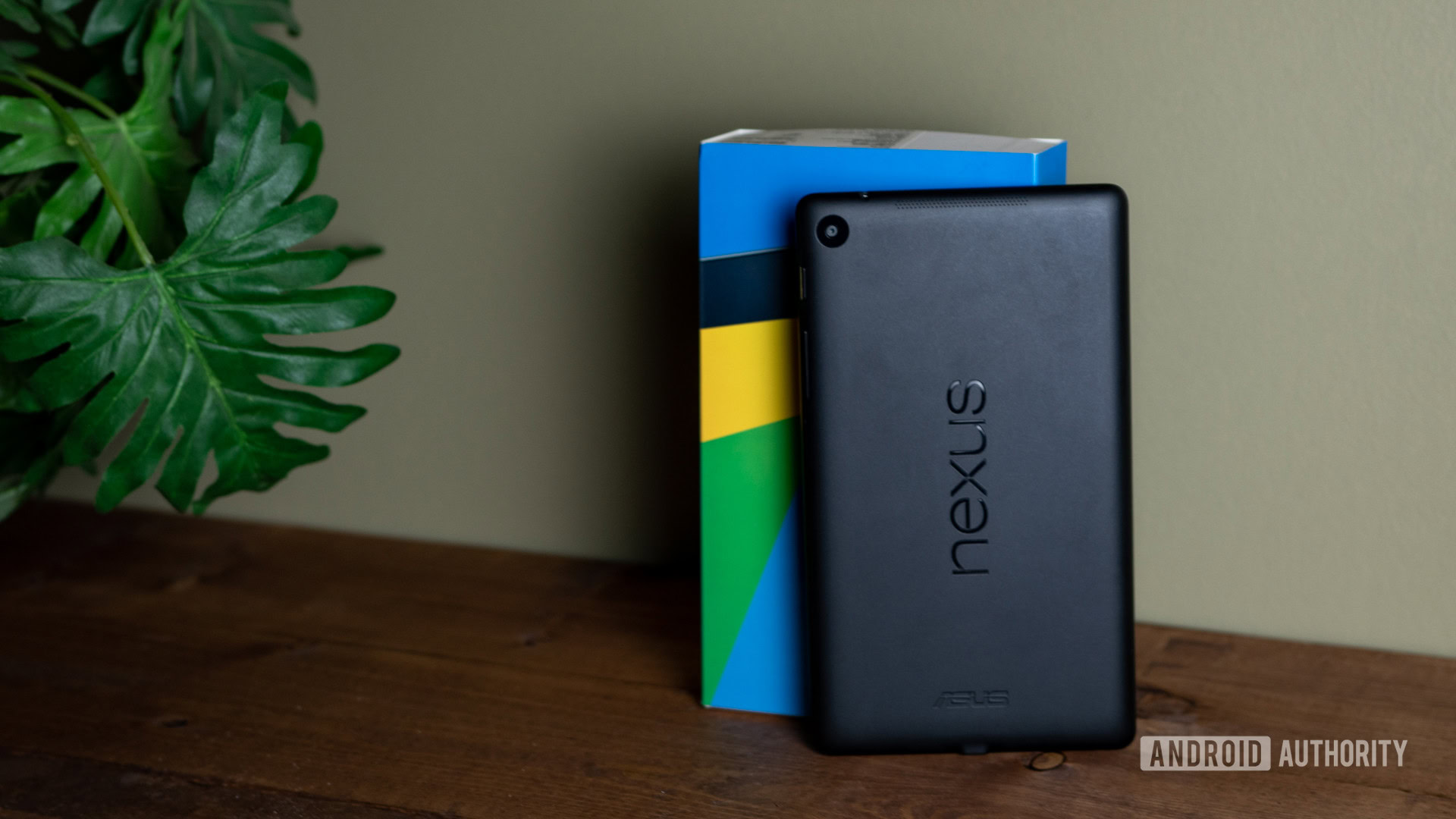
The Google Nexus series perhaps deserves the tallest gravestone in the Google graveyard. It comprised over a dozen devices across the smartphone, tablet, and smart device segments made by Google’s various hardware partners, from HTC to ASUS.
The Nexus line spanned six years and saw some of the best devices Google has ever been responsible for. Remember the Nexus 5? The LG-made flagship provided remarkable performance and excellent value at the time when the Galaxy S4 provided a stern Android alternative. It remains one of the best Android phones ever made for many people. The Nexus 7 became the early benchmark for small tablets, while the Nexus 6P still informs some of Google’s newer Pixel styling decisions.
The Nexus series provided us with many of the best Android phones ever made.
All good things must end, and for the Nexus line, 2016 saw the Nexus Player — an ASUS-made Android TV box — as the final product. Later that year, Google would announce the first Pixel smartphone, three years after the Chromebook Pixel.
Project Ara (2016)
Announced in 2013, Project Ara was initially Motorola’s ambitious modular smartphone concept that Google inherited when it purchased the brand. In short, Ara allows users to swap out modules to better suit their requirements. This completely went against the emerging everything-and-the-kitchen-sink smartphone trend.
However, these apparent benefits couldn’t persuade Google to continue with a retail version of the device. Ultimately, the project was killed by Google in 2016, marking the end of any realistic hope for a modular smartphone.
Honorable mentions
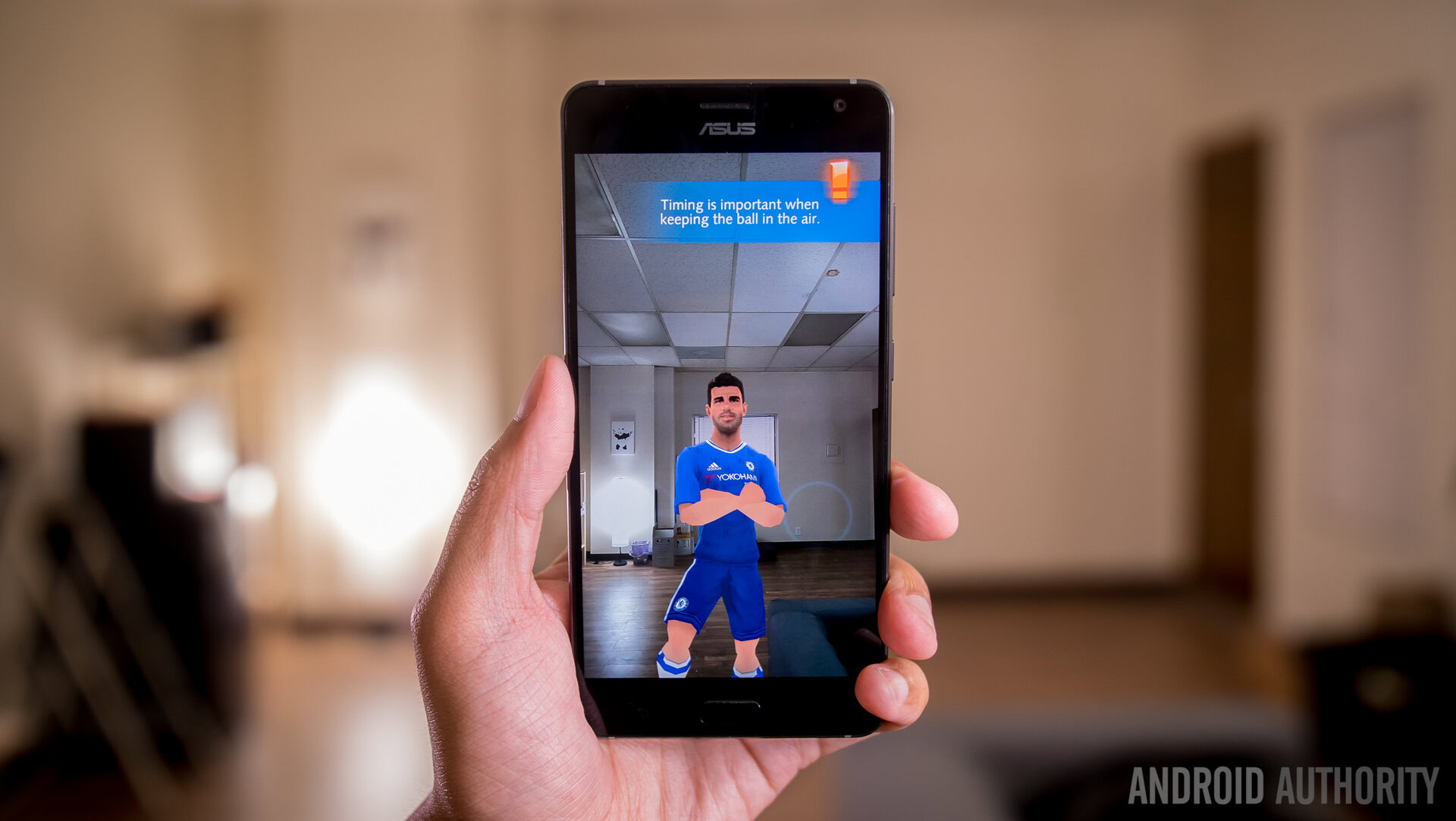
There have been a dizzying number of services created and killed by Google. Here are a list of smaller products and services that could’ve made an impact:
- Google Toolbar (2021): Back when third-party browser toolbars were a thing, Google Toolbar allowed you to search for content online, shortcut to Google services, and more. This product lasted over two decades before it finally got the chop in 2021.
- Google Cloud Print (2020): A product that died with zero fanfare, Cloud Print made connecting to and printing from remote printers much more manageable.
- Google Clips (2019): Google briefly eyed the activity camera market and produced the Clips, a small, cutesy camera with an adorable design. Despite our review calling the product “amazingly fun” to use, it wasn’t hugely successful.
- Project Tango (2018): Tango was Google’s AR project that found a home on two phones from Lenovo and ASUS. The API allowed compatible phones to map out a real area and project virtual items into that space. It was cool, but it didn’t have the support of developers it desperately needed.
- Picasa (2016): Before Google Photos, Picasa was the company’s photo management and storage service. It came with a nifty little desktop app, and some mild editing tools.
- Google Reader (2013): Google’s RSS reader fell victim to the company’s product cull in 2013.
- iGoogle (2013): iGoogle is another product that became more unnecessary as the web browser and internet evolved. It was a browser homepage that allowed you to select and display several gadgets.
- Google Video (2012): Before Google bought YouTube in 2006, Google Video was the company’s premier video hosting service.
- Google Wave (2012): A short-lived but surprisingly useful collaboration tool that allowed users to work on a document together. This functionality is now commonplace in Google’s Workspace products.
- Google Buzz (2011): Before Google Plus, we had Buzz. Residing in Gmail, the service allowed users to post photos, brief status updates, and links. It was eventually shut down due to privacy issues just a year after launch.
- Google Labs (2011): The source of many of the products killed by Google, Labs was the experimental wing of the company. It allowed users to test prototype features and provide feedback to developers. The see-what-sticks approach wasn’t working in a changing world, and Google killed Labs in 2011.
- Google Answers (2006): Quora is an excellent example of how popular Google Answers could’ve been. Users could pose questions that would receive crowdsourced answers, but spam made the service untenable.
Do you have a favorite product, project, or service that was killed by Google? Let us know in the comments below.

